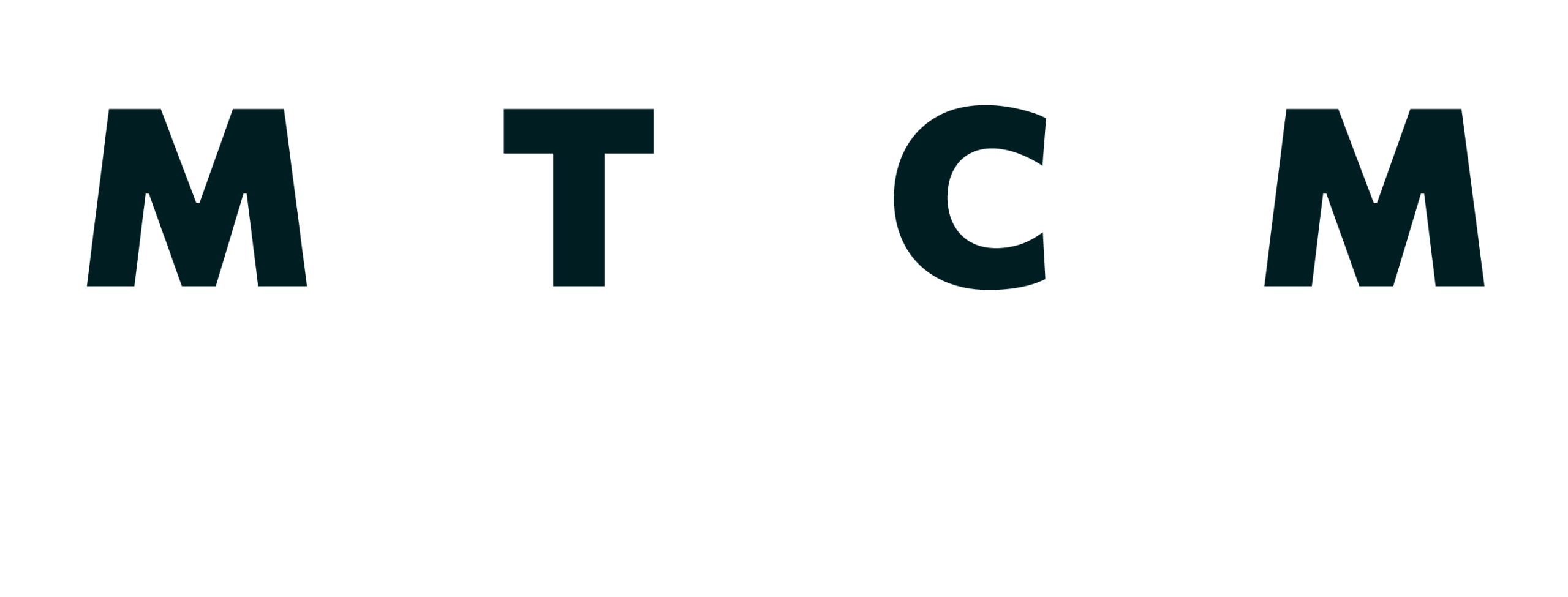Securitization of debt is reshaping how institutional investors, financial institutions, and asset managers optimize funding and access new investment channels. By transforming illiquid assets, such as private loans, mortgages, or receivables into tradable securities, securitization of debt unlocks liquidity and enables wide-ranging diversification. From classic asset backed securitization to innovative digital models, this approach propels competitive, customizable solutions, as exemplified by MTCM’s expertise.
What Is Securitization of Debt?
Securitization of debt is the process of pooling loans or other debt instruments and converting them into marketable securities. This grants originators the ability to free up capital, transfer risk, and engage a broader international investor base. Solutions such as asset backed securities and mortgage securitization are key, while private debt securitization allows for highly tailored portfolio optimization referring to MTCM’s direct private debt securitization capabilities.
How Does Debt Securitization Work?
The Debt Securitization Process
- Pooling assets such as loans or receivables by the originator.
- Creating a structure via a Special Purpose Vehicle (SPV), which legally isolates the assets from the originator.
- Issuing asset backed securities or other structured instruments from the SPV.
- Distributing these securities through capital markets to institutional and professional investors.
- Servicing the underlying assets and passing proceeds to holders of the issued securities.
Find a detailed overview of structuring vehicles and global access through MTCM’s securitization solutions.
Types and Examples of Securitization
Asset backed securitization can convert a mix of consumer loans, auto loans, or credit card receivables into investable securities. Mortgage securitization pools residential and commercial mortgages to create liquid portfolios. With private debt securitization, access to SME and alternative lending is streamlined for global investors. Companies can also package receivables for securitization of corporate debt, while non-performing loan securitization and green bond securitization align with recovery and ESG investment strategies. Infrastructure debt securitization facilitates capital for large projects, and tokenized debt securities address the rise of digital assets.
Practical guidance for complex structures can be found in the MTCM blog on securitization in complex financial landscapes.
Key Benefits of Securitization of Debt
Securitization of debt generates liquidity by transforming otherwise illiquid assets into marketable instruments. It enhances funding diversification and capital optimization, while offering customized investor profiles through various tranches. SPV structures used by MTCM ensure both regulatory clarity and international reach, an essential advantage for institutional deployment.
Read more on the expanded impact of tokenization of real-world assets and their integration into modern capital markets.
Innovations: Blockchain, Tokenized Debt Securities, and Green Finance
Modern securitization is advancing rapidly through blockchain technology and tokenized debt securities, which simplify the onboarding, settlement, and reporting for digital and traditional institutions alike. Sustainable initiatives such as green bond securitization and digital infrastructure SRI structures also channel capital toward projects with positive environmental and social impact.
Frequently Asked Questions (FAQ)
What are the main benefits of securitization of debt?
Securitization of debt unlocks liquidity, diversifies funding, and ensures flexible, global investor access.
How does a Special Purpose Vehicle (SPV) work in debt securitization?
The SPV isolates assets, issuing securities compliant with regulatory frameworks and enabling efficient management throughout the instrument’s lifecycle.
Can private debt be securitized for institutional investors?
Yes. With private debt securitization, private loans can be efficiently structured and offered to institutional markets, leveraging international financial centers.
What are some innovative trends in debt securitization?
Trends include blockchain-based securitization, tokenized debt securities, and ESG-aligned structures such as green bonds.
Where can I learn more about the securitization framework in Europe?
See the European Commission – Securitisation Framework for authoritative updates.
Realize the Potential of Debt Securitization with MTCM
Securitization of debt is redefining fundraising, liquidity, and capital management in global markets. Whether addressing private loans, ESG requirements, or digital innovation, MTCM delivers holistic, customized solutions for every structured finance scenario. The evolution of private debt securitization, comprehensive Securitization Solutions, and thought leadership within the MTCM blog unlock significant opportunities for institutional investors.
Ready to explore new avenues in structured finance? Contact the MTCM team and drive your next growth phase.




